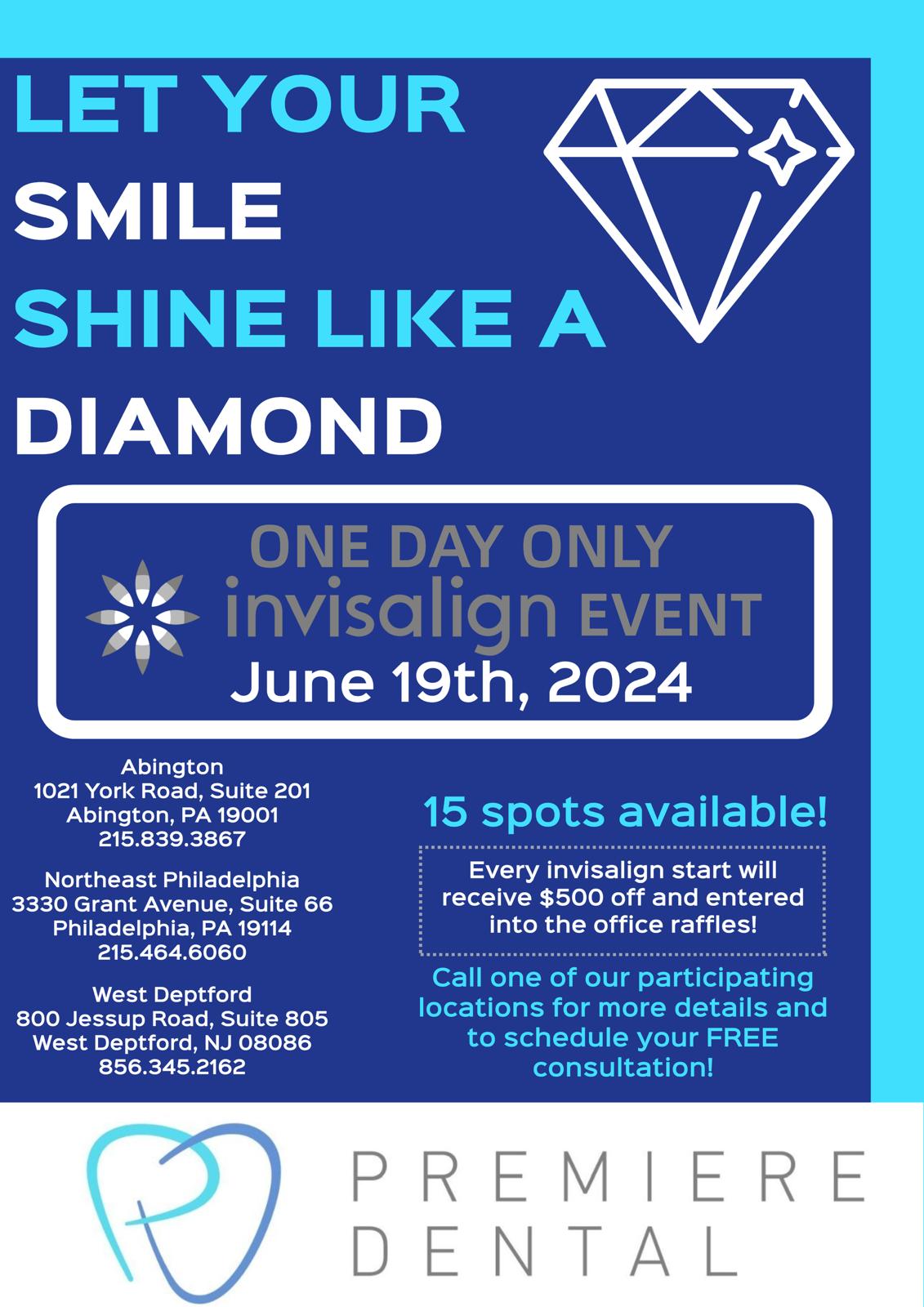Ever looked at a celebrity smile and thought, “I’d trade a month’s salary for those perfect teeth”? You’re not alone. Millions of people stare in the mirror wishing their smile looked different, and dental veneers might be the answer they’re seeking.
Let’s cut through the noise about dental veneers, those thin shells custom-made to cover the front of your teeth and transform your smile in ways whitening strips never could.
We will walk you through everything: what they’re made of, how long they last, and whether they’re worth your hard-earned cash. No sugar-coating the drawbacks either.
But before you start imagining yourself with a Hollywood smile, there’s something crucial about veneers most dentists won’t tell you until you’re already in the chair…
Understanding Dental Veneers
A. Definition and purpose of dental veneers
Dental veneers are thin, custom-made shells designed to cover the front surface of teeth. Made from porcelain or composite resin materials, these cosmetic enhancements hide discoloration, chips, gaps, and misalignments. Dental professionals recommend veneers for patients seeking to transform their smile without extensive dental procedures.
B. Types of dental veneers available
Two primary types dominate the veneer market: porcelain and composite resin. Porcelain veneers offer superior stain resistance and a natural appearance, but they come at a higher price point. Composite resin veneers cost less and require minimal tooth preparation, though they typically last 5-7 years compared to porcelain’s 10-15 year lifespan.
Pros of Choosing Dental Veneers
Instant smile transformation
Dental veneers deliver dramatic results in just a few appointments. The thin porcelain shells instantly cover stains, chips, gaps, and misalignments that may have caused embarrassment for years. The transformation is immediate once veneers are bonded to teeth.
Correction of multiple cosmetic issues simultaneously
Veneers tackle many aesthetic concerns in one treatment. Rather than requiring separate procedures for whitening, orthodontics, and repair of damaged teeth, veneers address all these issues at once. This comprehensive solution saves both time and money while delivering consistent results across the entire smile.
Cons of Dental Veneers
A. Irreversible tooth preparation
Dental veneers require permanent removal of tooth enamel. Once this enamel is gone, it cannot regenerate, meaning the tooth will always need protection from a veneer or other restoration. This commitment lasts a lifetime, as teeth cannot return to their natural state after preparation.
B. Cost considerations
Veneers represent a significant investment, typically ranging from $800-2,500 per tooth depending on material and location. Insurance rarely covers this cosmetic procedure, making it financially prohibitive for many patients. Additionally, future replacements must be factored into long-term budget planning.
C. Potential for damage and replacement needs
Veneers aren’t indestructible; though they are durable, they can chip, crack, or come loose with time or trauma. Porcelain veneers typically last 10-15 years before needing replacement. Grinding teeth, biting hard objects, or using teeth as tools significantly shortens their lifespan.
D. Not suitable for severely damaged teeth
Teeth with extensive decay, large fillings, or significant structural compromise aren’t good candidates for veneers. Such teeth may require more comprehensive treatments like crowns. Similarly, patients with gum disease need to address these issues before veneer placement can be considered.
Who Makes an Ideal Candidate?
A. Dental conditions best suited for veneers
Veneers work exceptionally well for patients with discolored, chipped, or misaligned teeth. These thin porcelain shells can mask permanent stains from tetracycline or fluorosis, repair minor chips, and create the appearance of straighter teeth without orthodontics.
B. Age considerations
Most dental professionals recommend veneers for patients who have completed facial growth, typically those over 18 years old. Teenagers should generally wait until adulthood as their teeth and gums may still be developing. The ideal candidate has reached dental maturity to ensure long-lasting results.
C. Oral health prerequisites
Good candidates for veneers maintain excellent oral hygiene and have minimal tooth decay or gum disease. Sufficient healthy enamel must be present for proper bonding. Patients who grind or clench teeth may need to address these habits first, as excessive force can damage veneers over time.
Maintaining Your Dental Veneers
Daily care routine
Dental veneers require consistent maintenance to preserve their appearance and function. Brushing twice daily with non-abrasive fluoride toothpaste and flossing once daily helps prevent staining and decay around veneer edges. Soft-bristled toothbrushes prevent scratching the porcelain surface, while antimicrobial mouthwash reduces bacteria that could compromise the restoration.
Foods and habits to avoid
Avoiding certain habits extends veneer lifespan significantly. Hard foods like ice, nuts, and candy can crack veneers, while dark beverages including coffee, tea, and red wine may cause staining over time. Smoking not only discolors veneers but affects gum health around the restorations. Using teeth as tools for opening packages or biting fingernails creates excessive pressure that damages veneers.
Dental veneers offer a transformative solution for those seeking to enhance their smile. From masking discoloration and correcting minor misalignments to providing durability and stain resistance, veneers deliver both aesthetic and practical benefits. However, they also come with considerations including their permanent nature, potential sensitivity, and cost implications that should be carefully weighed.
Before pursuing veneers, consult with a qualified dentist at Premiere Dental to determine if you’re an ideal candidate based on your oral health and specific needs. With proper care and maintenance, including regular brushing, flossing, and dental check-ups, your veneers can provide a beautiful, confident smile for many years to come. Your journey to a revitalized smile starts with making an informed decision that balances your aesthetic goals with practical considerations.


